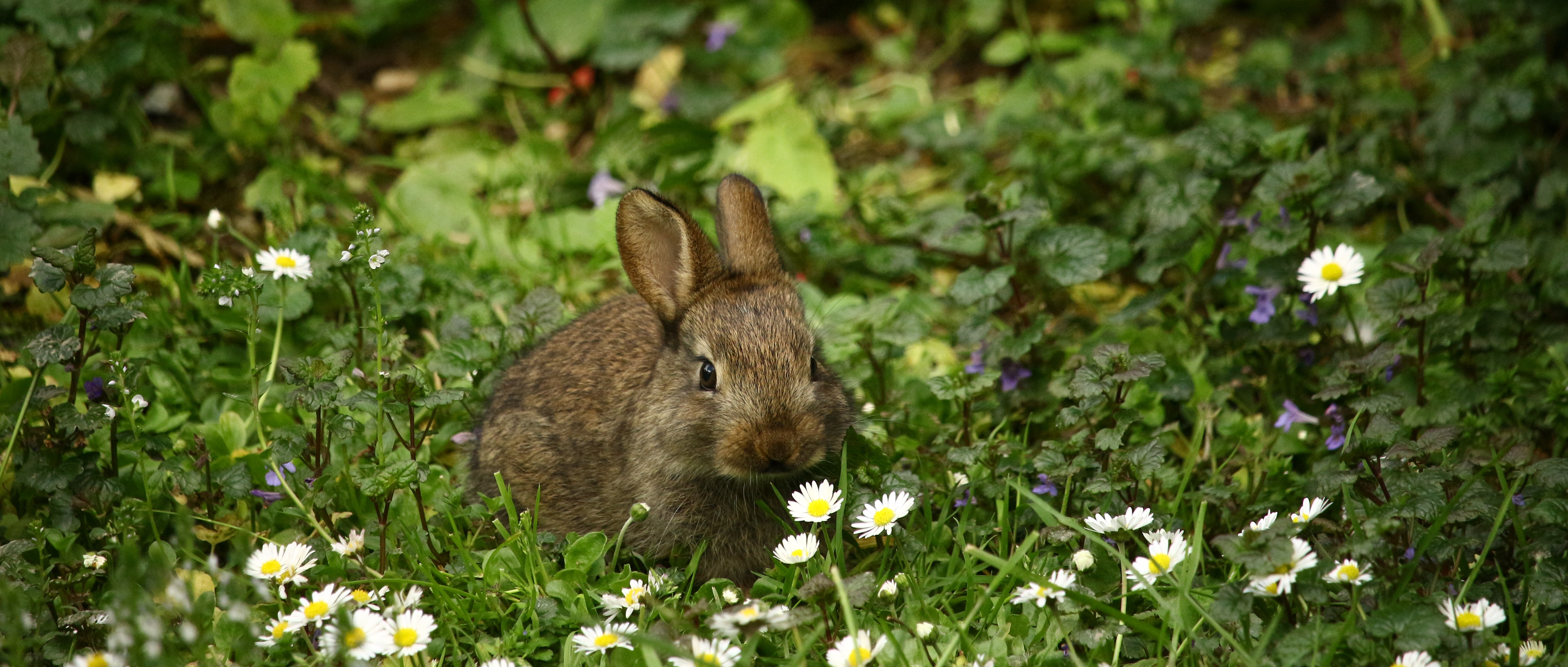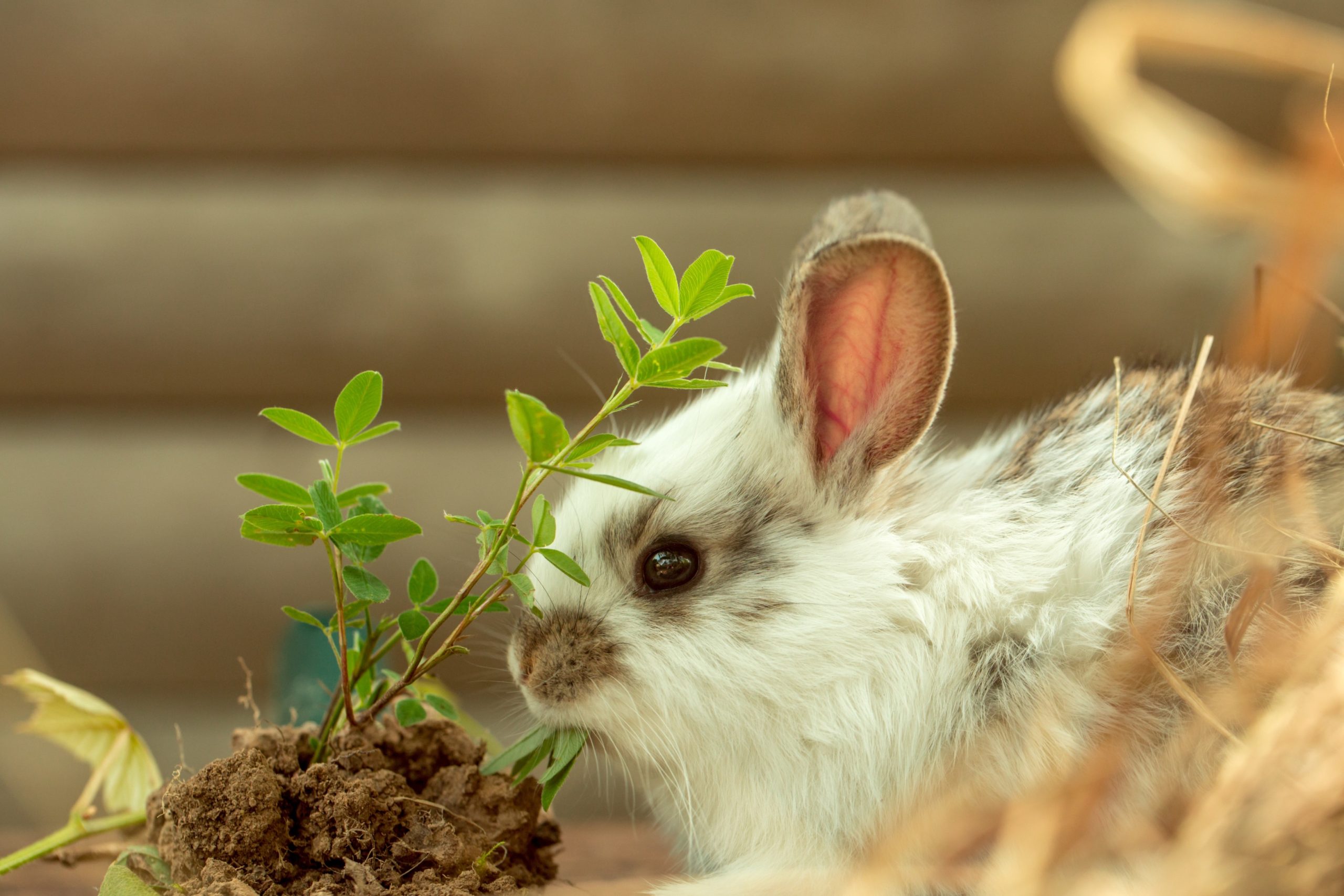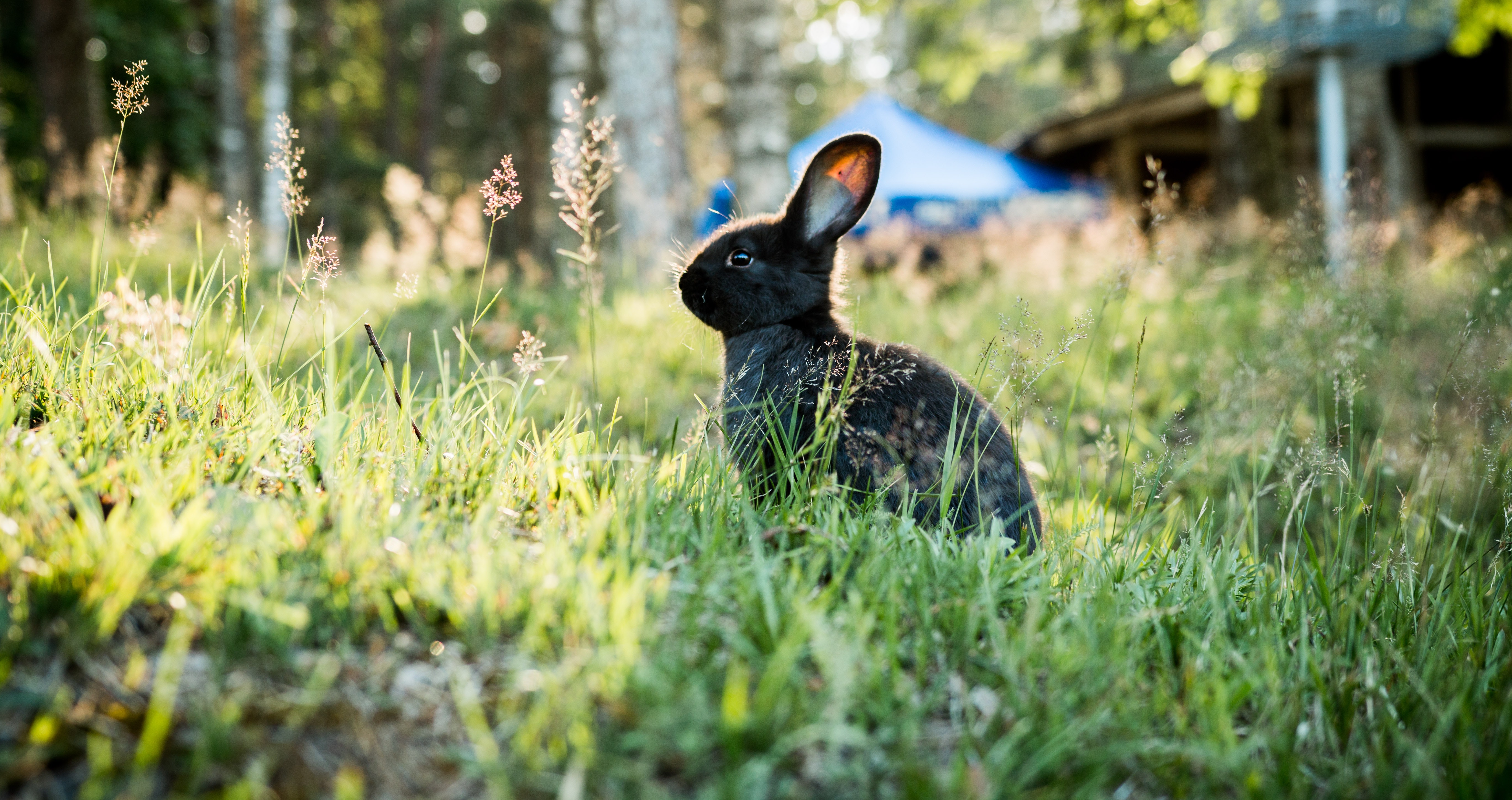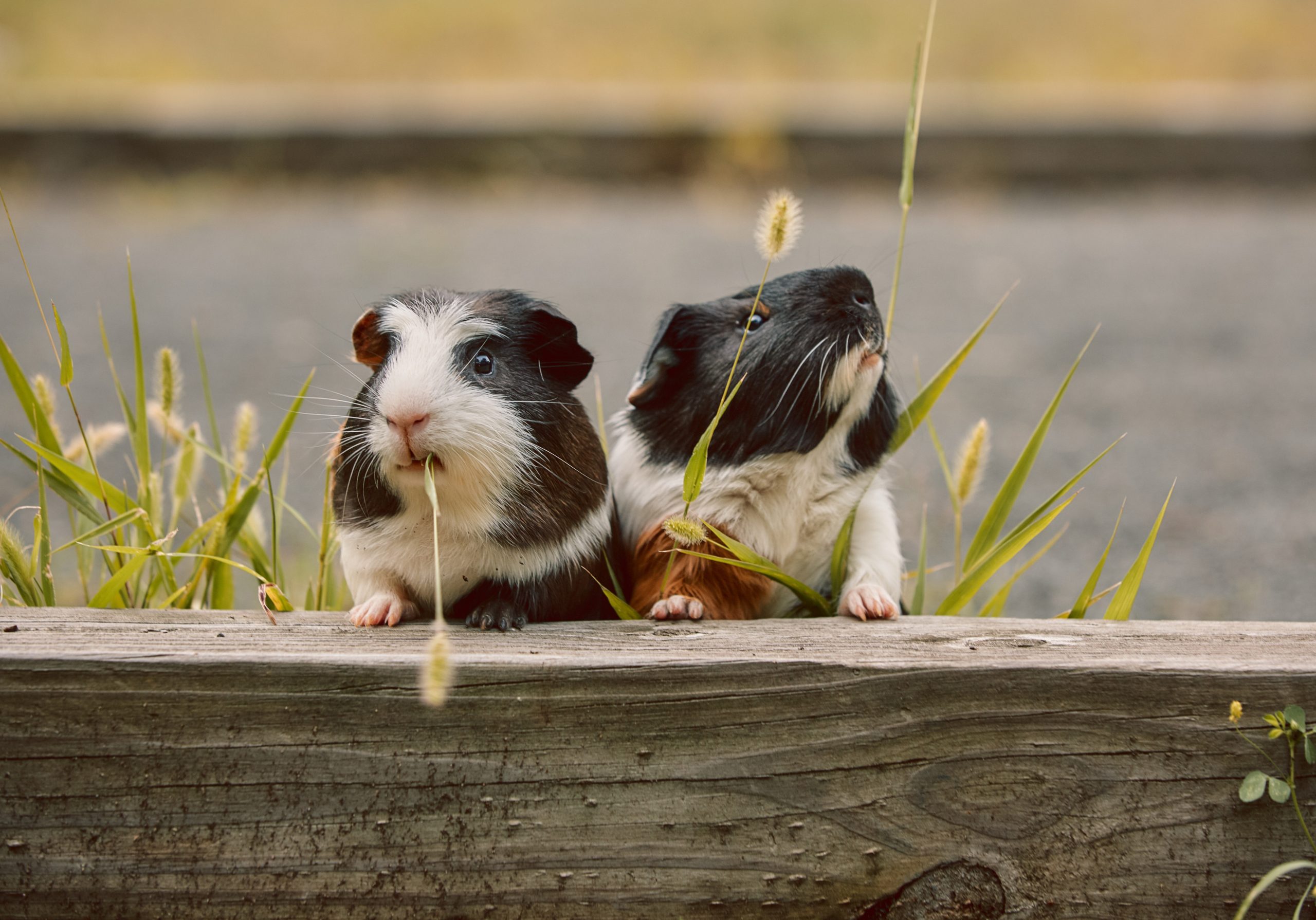The natural diet of wild rabbits and the optimal diet for domestic rabbits
Discover the ideal food for rabbits with us! Rabbits are popular pets all over the world. Although their wild relatives feed on a diet of grasses, plants, herbs and other high-fiber materials, house rabbits are usually given a standard rabbit food that no longer resembles their original nutritional needs. In this blog we will take a closer look at the diet of wild rabbits and how we can best translate this into the food for our house rabbits.
What does a wild rabbit eat?
Wild rabbits are herbivores (plant eaters) or rather leaf eaters (folivores) and their diet consists mainly of fiber-rich plants and grasses.
They have a well-adapted digestive system that allows them to efficiently digest coarse fiber. Such as different types of grass, herbs, leaves, bark and twigs.
A remarkable property of wild rabbits is their ability to break down cellulose, a complex carbohydrate found in plant cells, with the help of bacteria in their gut.

Wild and domestic rabbits are efficient herbivores with an adapted digestive system. A high fiber diet is essential for their health, dental care and intestinal function.
Like wild rabbits, domestic rabbits need a high-fiber diet to promote healthy digestion and prevent dental problems.
Fiber helps wear down rabbit teeth, which are constantly growing. In addition, a diet rich in fiber ensures that the rabbit's intestines function properly and prevent problems such as diarrhea and constipation.
From grass to rabbit droppings
Rabbits have teeth that are constantly growing. To keep their teeth at a healthy length, they constantly chew high-fiber foods such as plant parts and grass. While chewing, they move their jaw back and forth in eights, softening the cell parts.
After swallowing the ground food, it enters the small intestine where the first stage of digestion begins. Here enzymes and other digestive juices are secreted to break down the food. Carbohydrates, proteins and fats are broken down into simpler molecules that are easier to absorb.
Rabbits have unique digestive processes, such as caecotrophy, in which they eat special droppings to recover essential nutrients. These 'cecal droppings' are an important source of nutrients and make rabbits efficient energy users.
The undigested food then enters the cecum, a special fermentation chamber in the intestinal tract of rabbits. In the appendix, bacteria and other microorganisms are used to break down cellulose and other complex fibers that cannot be digested by the small intestine. This process is known as fermentation. Volatile fatty acids are produced during fermentation.
The volatile fatty acids produced during fermentation serve as an important source of energy for rabbits. They are absorbed through the walls of the cecum and colon and are used for energy. In addition, water, vitamins and minerals are also absorbed in this part of the intestinal system.
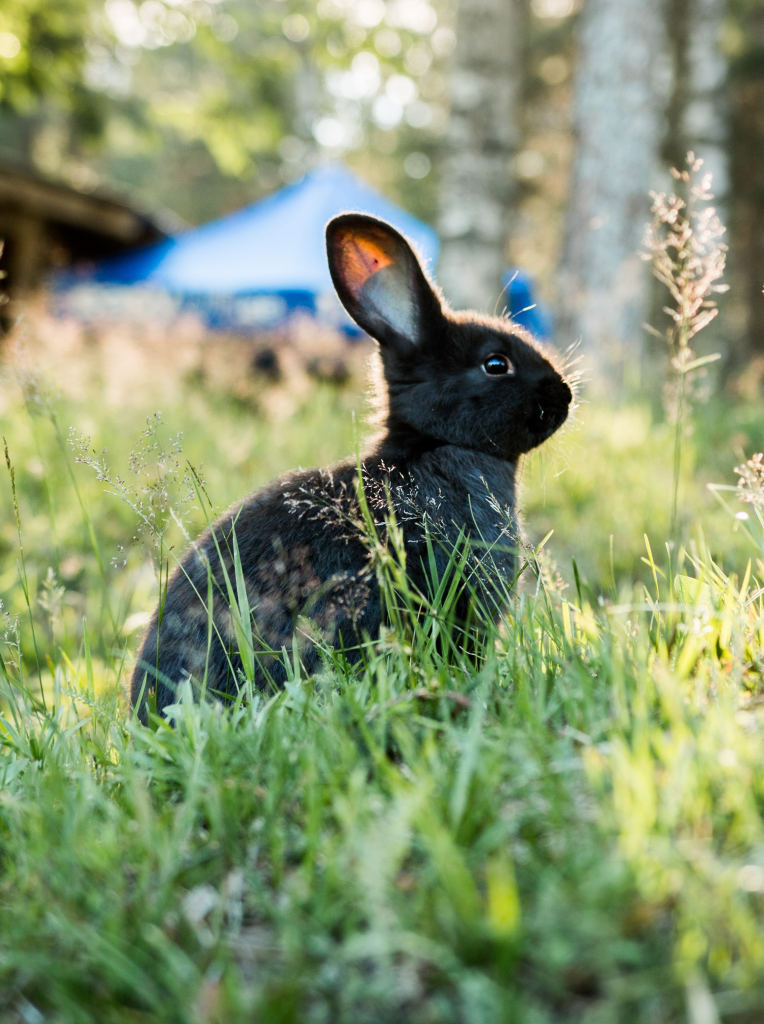
Cecal droppings
A remarkable and important feature of rabbits is their caecotrophic ability. Special, soft faeces are produced in the appendix. These are caecotrophs, but are known as: cecum droppings.
These droppings contain a high concentration of nutrients, such as proteins, vitamins and fiber. Instead of these faeces being excreted, they are immediately eaten by the rabbit during defecation.
This behavior, known as coprophagy, allows rabbits to regain important nutrients that were not fully absorbed during the first pass through the digestive system.
In addition to the caecotrophs, a rabbit also produces hard, dry droppings. These droppings consist mainly of indigestible fibers and are excreted.
They play a role in maintaining healthy bowel movement and help keep the appendix clean. These are the round little balls we all know.
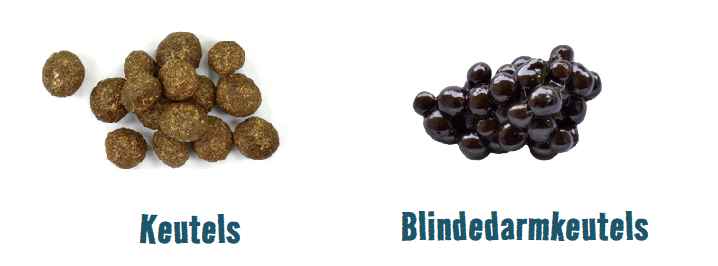
How can we translate this into the optimal diet for rabbits?
The digestive system of house rabbits still works exactly the same as that of its wild ancestor and the teeth are hardly different either.
To translate the wild diet of rabbits into domestic rabbits, you would actually have to give your rabbit 24-hour access to a meadow or garden where different plants, herbs and grasses grow so that he can choose what he eats here. Unfortunately, most rabbit owners cannot provide this.
We can of course do our best to imitate it as closely as possible. Below we discuss different diets that each approach the natural diet to some extent. We start with the most ideal diet and end with the 1e step to a healthier rabbit diet. Start with the variant that currently best fits your capabilities. In any case, we guarantee that it will make your rabbit a lot happier and healthier than just a bowl of food and a pick hay.
Meadow diet
Ideally, you feed your rabbit an unlimited variety of grasses and wild herbs. For example: dandelion, plantain, yarrow, chamomile, nettle, mallow, cornflower, and so on.
This is also called “meadow”. What is varied? That is of course difficult to say, but assume at least 10 to 15 different species. In addition, you provide unlimited hay and give different branches a few times a week.
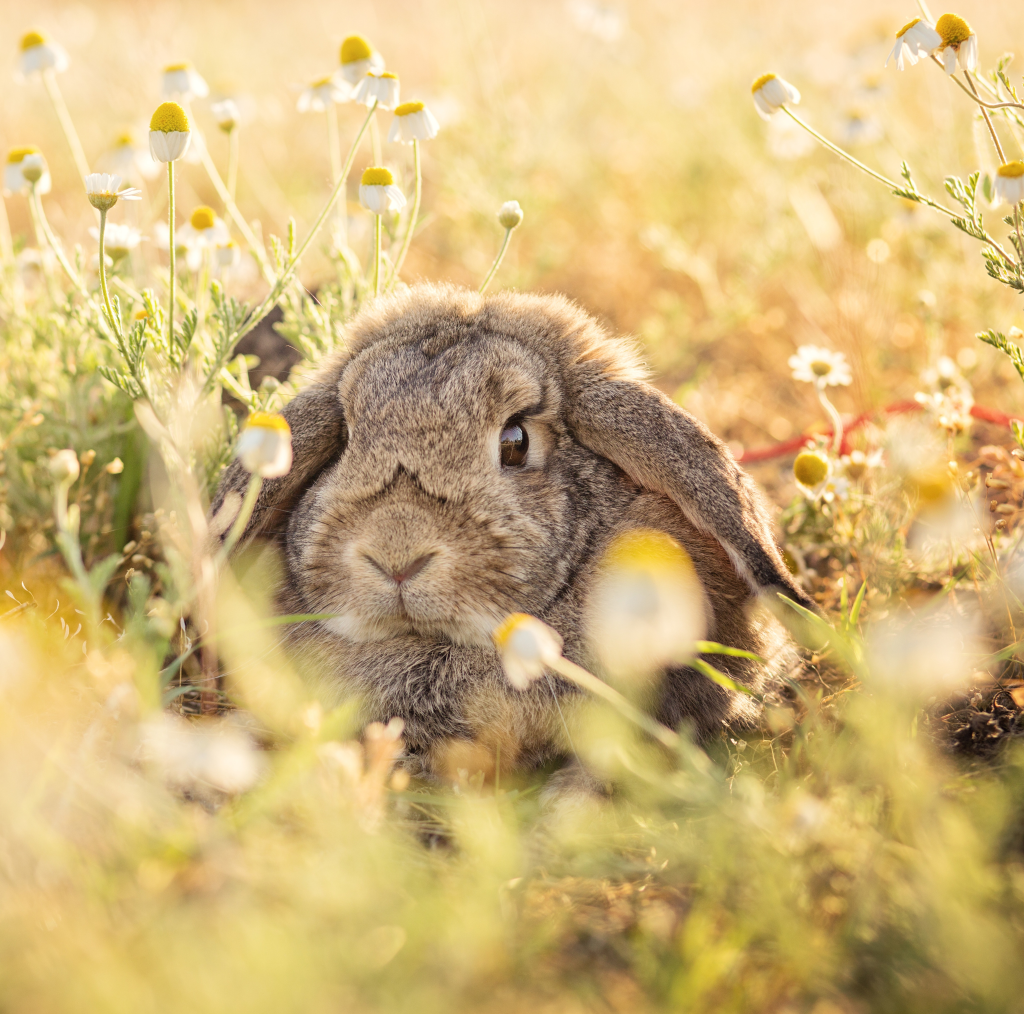

Leafy vegetable diet
When there is not much pasture to be found or when you simply do not have the opportunity to get it, you can stick to the leafy vegetable diet.
Because the proportions of minerals and analyzes differ greatly from those of pasture, you must ensure that you give at least 7 to 10 different vegetables, including endive, alternating types of cabbage, alternating types of foliage and various culinary herbs.
This covers 80% of the entire diet. In addition, you give 15% to “ordinary vegetables, such as: celery, zucchini, cucumber, bell pepper, and so on.
Variation is also very important dried herbs and of course you provide unlimited hay.
Pyramid Diet
We call this the pyramid diet because it is based on the well-known rabbit food pyramid. This is also the diet that is easiest to adhere to and does not require too much adjustment from the rabbit owner.
The basis of this diet is hay, hay and more hay. The hay (grass is also possible of course) covers 80% of all food that the rabbit takes in. It doesn't matter what kind of hay you choose, alternating between types of hay is good!
In addition to hay, you give 10-15% to different types of fresh vegetables and fresh or dried herbs. A good, high-quality pellet accounts for 50% of the diet. This amounts to 20gr/kg of body weight. The remaining percentages are for treats and possibly some fruit.
Fruit should be given in moderation due to its high sugar content. Limit it to small portions, such as pieces of apple, banana, berries or pear.
Introduce new vegetables gradually to acclimate the rabbit's gastrointestinal system.
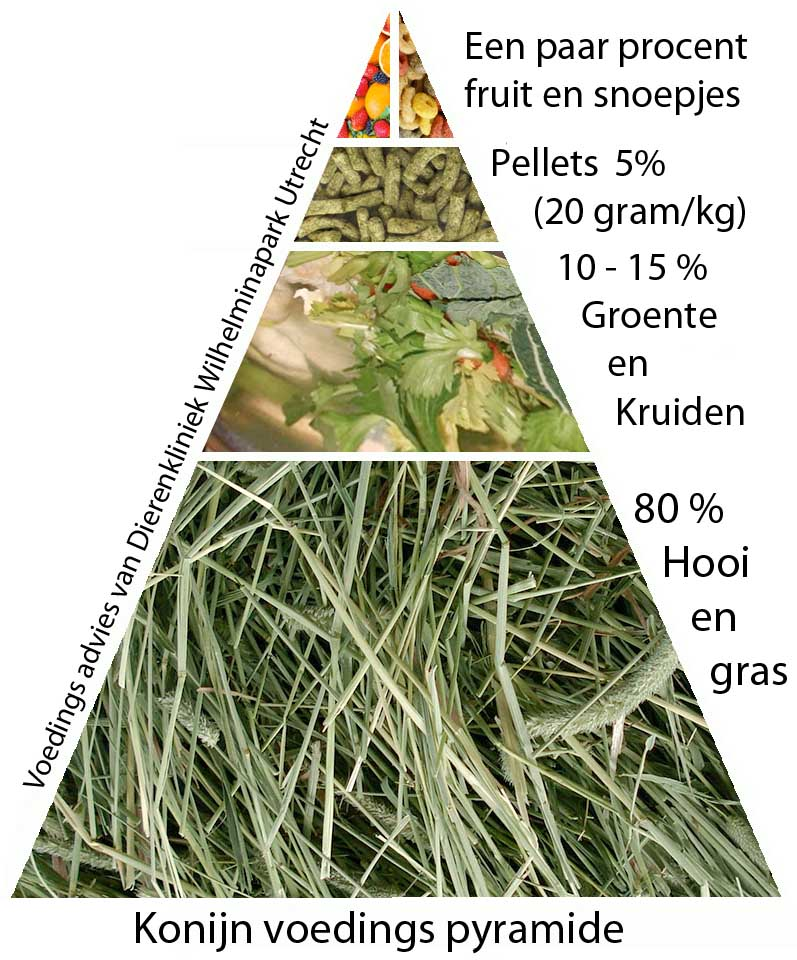
Optimal nutrition for rabbits: the importance of a high fiber diet
The natural diet of wild rabbits consists of high fiber plants, grasses, herbs and leaves. This food choice plays a crucial role in their health, dental care and intestinal function. To keep our pet rabbits healthy and happy, it is essential to carefully match the diet of rabbits to that of their wild relatives. Feeding your pet rabbit a diet similar to that of its wild relatives is a great way to bring nature back home.
A high-fiber diet, consisting of hay, various vegetables, herbs and high-quality pellets, is very important. This allows us to respect the natural needs of our rabbits and promote their well-being by offering a varied diet similar to what wild rabbits eat. By providing a balanced diet and proper care, you can provide your pet rabbits with a long, healthy, and happy life.


